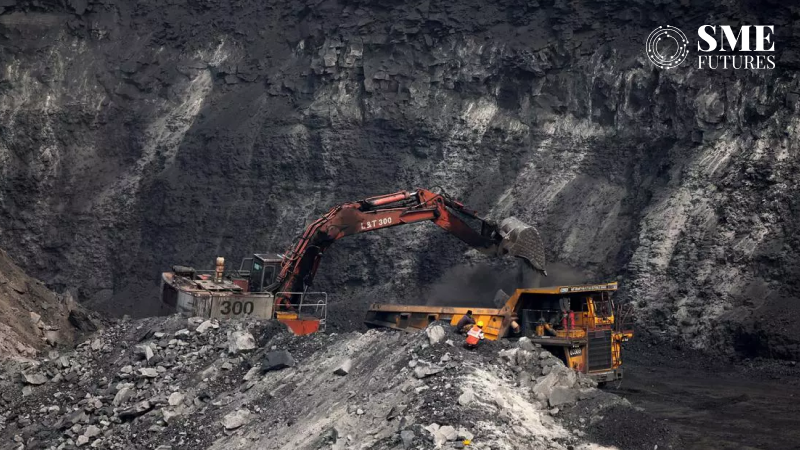India’s core sector, comprising industries such as coal, electricity, steel, and cement, posted a 6.1 per cent growth in July after having slowed to 4 per cent in June, according to data released by the Commerce Ministry on Friday. The growth rate of the 8 core sector industries, for the first four months of the current financial year (2024-25), now works out to 6.1 per cent compared with 6.6 per cent during the same of the previous year.
The combined Index of Eight Core Sector Industries measures the output of key sectors that include cement, coal, crude oil, electricity, fertilisers, natural gas, refinery products and steel which together have a 40 per cent weight in the Index of Industrial Production (IIP).
The growth in steel production rose to a three-month high of 7.2 per cent in July, compared with 6.7 per cent in the previous month.
Cement output rose to a four-month high of 5.5 per cent from 1.9 per cent in the previous month, reflecting a pick-up in construction activity. Petroleum production rose to an eight-month high of 6.6 per cent, while fertiliser output was at a seven-month high of 5.3 per cent as kharif sowing gathered momentum due to a better monsoon this year. The coal industry output increased by 6.8 per cent while electricity generation increased by 7.0 per cent in July.
Crude oil production continued to contract in April, while natural gas output also declined during the month.
The Finance Ministry is upbeat about the outlook ahead. Its monthly report for July states that on balance, India’s economic momentum remains intact. Despite a somewhat erratic monsoon, reservoirs have been replenished. Manufacturing and services sectors are expanding, according to the Purchasing Managers’ indices. Tax collections – especially indirect taxes, which reflect transactions – are growing healthily, and so is bank credit, according to the review. Inflation is moderating, and exports of both goods and services are doing better than they did last year. Stock markets are holding on to their levels. Foreign direct investment is looking up as gross inflows are rising, the review states.
Commenting on the core sector growth, Suman Chowdhury, Executive Director and Chief Economist Acuité Ratings & Research Limited said the sequential decline in output in July arising out of seasonality (monsoon month) has been relatively lower in the current year. The key segments that have driven the growth of core output in July are the oil refineries, fertilisers and steel.
“The refinery output growth at 6.6% YoY in July has been the highest in the last nine months and given the higher weightage of the segment, it has contributed significantly to the higher print. Similarly, for the fertiliser sector, the growth in July at 5.3% is the highest since Dec-23 (output had contracted in most of the previous months). The output for steel remains very healthy at 7.2% YoY; cement output has remained weak but shows a moderate annualised growth due to the base factor. While electricity output is expected to decline in the monsoon season, it still shows a solid 5.5% YoY growth adding to the strength of the core sector,” he elaborated.
According to him, the core sector has seen a healthy growth of 6.2% overall in the Apr-July period. We expect the sector to average a growth between 5.5%-6.0% in the fiscal given the pickup in public capital expenditure.











